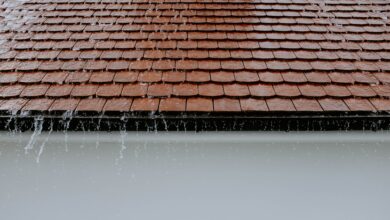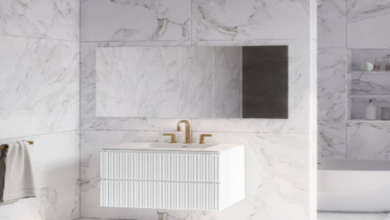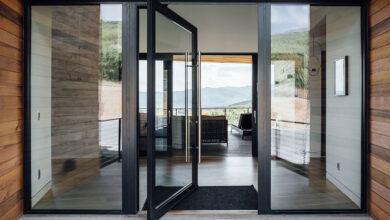Concrete Staining: Adding Color and Character to Your Space
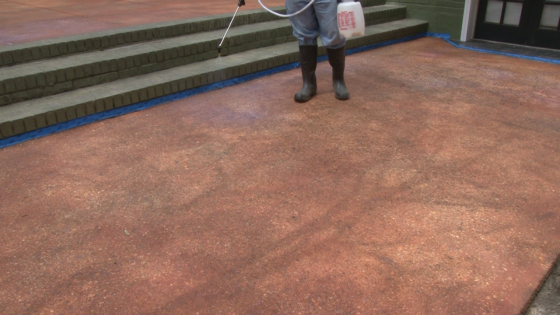
Can a simple slab of concrete become a canvas for artistic expression? Absolutely! And the magic wand here is something called concrete staining.
Concrete Staining’s Magic
Here’s a quick, exciting fact: Concrete staining is like adding a little Picasso to your room! It involves a meticulous approach that infuses your concrete with rich, vivid tones rather than simply throwing on some color. The outcome? A remarkably distinctive, dazzling surface that is both strong and attractive.
Why Stain Your Concrete?
So, why should you consider this transformation? Aside from giving your space an instant facelift, concrete staining is a great way to inject some character and style into your surroundings. It’s like turning your floor into a masterpiece that sets the mood and complements your décor. Plus, stained concrete is remarkably durable and low maintenance, making it a practical choice for homes and businesses.
Intrigued? Let’s dive into concrete staining and explore how it can elevate your space from ordinary to extraordinary!
Concrete Staining: A Brief Overview
An Art Form Born of Stone
Like fine wine, concrete staining has aged and evolved over time, acquiring depth and character. Originating from the ancient Romans’ architectural prowess, this decorative art form has become famous for its versatility and durability. Isn’t it fascinating how a centuries-old technique has adapted seamlessly to our modern design needs?
More Than Meets the Eye
Concrete staining is a process where a colorful, permanent stain is applied to a concrete surface. It’s not simply slapping on a coat of paint; it’s more akin to a tattoo for your floor or driveway. Used widely in homes, restaurants, and offices, this art form turns dull, grey concrete slabs into vibrant canvases. Concrete staining is now a go-to for anyone wanting to add a dash of style to their space.
Types of Concrete Stains
Acid-Based or Water-Based: A Colorful Conundrum
Concrete stains are typically of two types: acid-based and water-based.
Consider acid-based stains as the mysterious stranger; they react chemically with the concrete to create distinctive, marbled colors.
On the other hand, water-based stains are the reliable best friend, offering consistent and predictable colors. Both have their merits and create stunning effects.
Choosing Your Perfect Stain
Choosing between acid and water-based stains depends on several factors. It’s like choosing between a thriller and a rom-com; it depends on your mood, preference, and the vibe you want your space to reflect.
For example, water-based is the way to go if you want vibrant, consistent color. An acid-based stain will do the trick if you’re after a more unique, organic look.
How to Choose the Perfect Stain for Your Space
Assessing Your Space and Concrete Staining Needs
Ready to jazz up your space with a pop of color? Hold your horses! Before we delve into the hues world, assessing your space is crucial. Check out the size, lighting, and current design. Do you want a loud statement, or are you after a subtle touch? Understanding your concrete staining needs helps make a well-informed decision.
Understanding Color Palettes and Their Effects
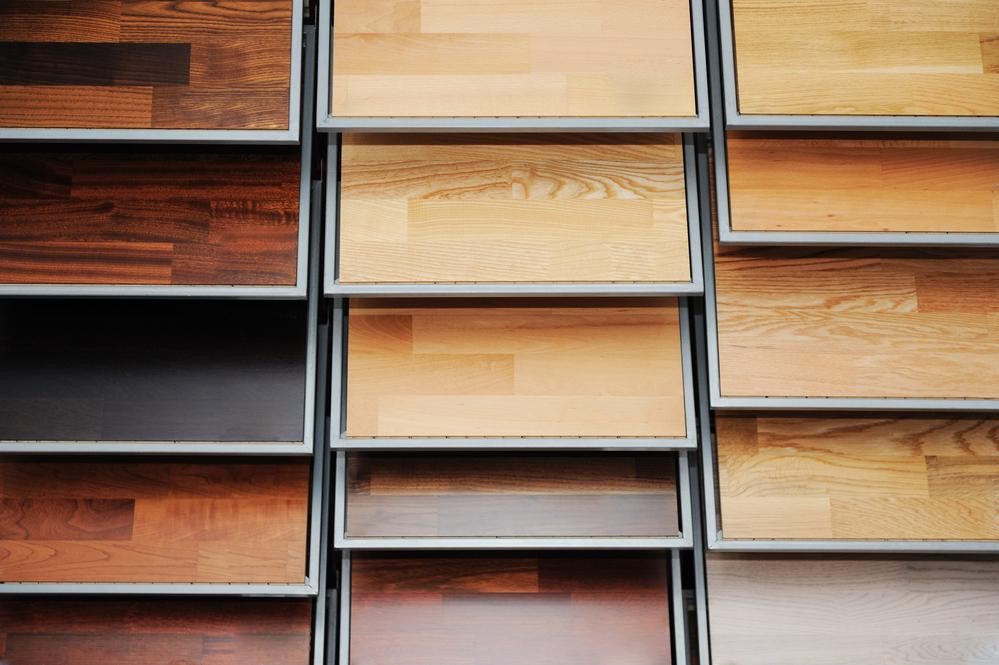
Now, let’s play with colors! Different shades can dramatically alter your space’s mood and perception. Bright tones, for instance, tend to make areas seem larger, while darker shades create a cozy vibe. Think of your floor as a canvas and the stain as your paint. It’s a masterpiece in the making!
Matching Concrete Stains with Your Decor
Lastly, let’s not forget about your existing décor. Like picking a tie for your suit, your concrete stain must complement your style. If you have modern furniture, cooler tones might be the ticket. For rustic themes, warm earthy colors could be perfect. Remember, it’s all about harmony!
The Professional Process of Concrete Staining
Application of Concrete Stain
Concrete staining isn’t a one-step magic trick. It’s more like baking – a recipe with precise steps to follow. From surface prep and stain application to sealing, each stage matters. That’s why it’s essential to hire professionals for the job. They know the ins and outs, ensuring you get the desired effect. Plus, they offer valuable services like decorative concrete services, bringing a dash of expertise to your doorstep.
Potential Problems with DIY Concrete Staining
Consider yourself a DIY master? Keep it in mind. Despite its apparent simplicity, concrete staining is a challenging procedure. Patchy stains may be the result of poor surface preparation. Additionally, the color might fade quickly without the correct sealing. It would be disastrous to attempt to bake without first preheating the oven.
Why therefore take the chance? Professional services guarantee the task is done correctly, saving you time, effort, and the potential heartbreak of an unsuccessful stained concrete project.
The Maintenance and Durability of Stained Concrete
A Testament to Durability
Concrete stain isn’t just a pretty face. It’s tough as nails, too! Did you know it can last for decades if properly maintained? That’s right. It’s the superhero of flooring solutions, battling against daily wear and tear and coming out victorious, keeping its vibrant colors for years to come.
Keep It Shining: Maintenance Tips
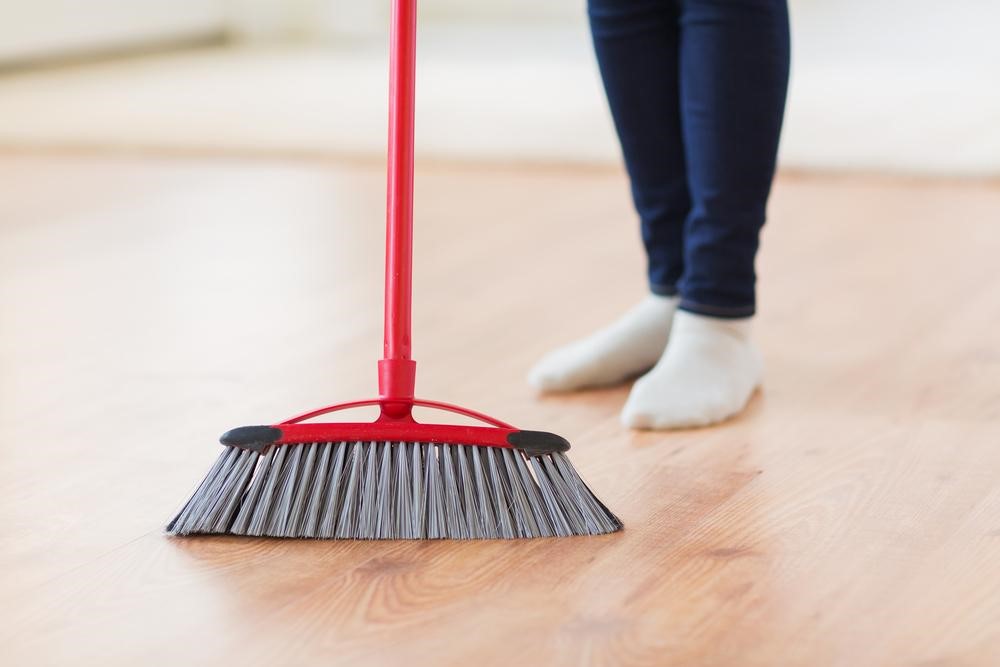
How to keep the superhero soaring, you ask? Well, it’s pretty simple:
- Regular sweeping and cleaning help. No rigorous scrubbing is required; a simple mop will do the trick.
- Seal the deal with a good quality sealer. It’s your stain’s secret armor against harsh elements.
- Treat stains immediately. Remember, even superheroes have their weaknesses!
And there you have it! Caring for stained concrete is easier than it looks. With a bit of love and attention, your floors will continue adding color and character to your space for years.
Conclusion: Use Concrete Staining to Refresh Your Space
Let’s apply our final drop of color to this knowledge canvas like the last stroke of an artist. Our muse, concrete staining, is considerably more complex than it first appears. It has a strong balance of adaptability, aesthetic appeal, and durability.
You can experiment with the two primary types of acid-based for unusual, mottled color effects and water-based for a more consistent, opaque result. Each adds character to your room, but remember that your pick should flow with your existing furnishings and sense of style.
